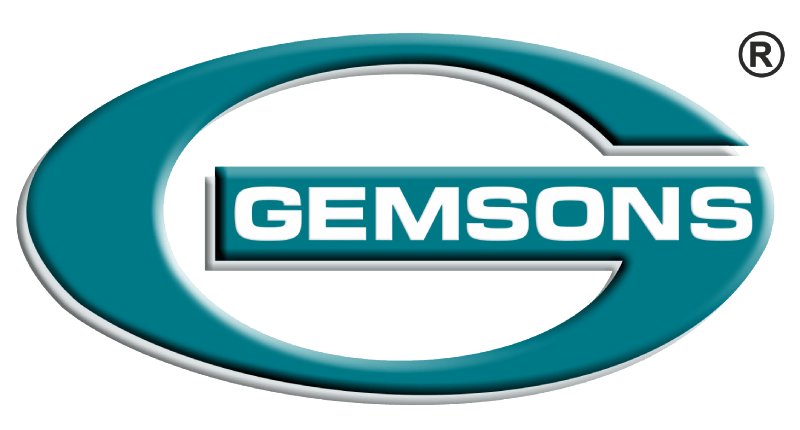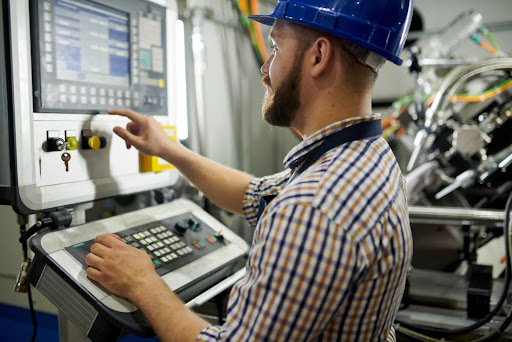For CNC turned component-based industries, lead time is critical to ensuring competitiveness and fulfilling delivery requirements. Production acceleration must never compromise on precision, longevity, or general product performance, though.
Let us look at some viable methods of minimizing lead times for CNC turning while keeping high standards of quality intact.
Understanding Lead Time in CNC Turning
Lead time is the total duration from the placement of the first order to the delivery of a finished product. For CNC turning, these include design analysis, material sourcing, toolpath programming, machining, quality inspection, and shipping. These all contribute to the final turnaround time.
Optimizing each of these processes to decrease lead time involves doing so without errors or defects in the final CNC turned parts.
Essential Strategies to Decrease Lead Time While Not Sacrificing Quality
1. Advanced Planning and Scheduling
Planning is the key to any successful CNC turning process. Utilizing computer-based planning tools or enterprise resource planning (ERP) software supports streamlined operations by planning job orders, prioritizing jobs, and distributing machine time efficiently. It eliminates delays between overlapping jobs or material shortages.
2. Design for Manufacturability (DFM)
Working in tandem during the design stage through DFM principles guarantees that the part’s geometry is well-suited to CNC turning. Easy adjustments, like standardizing hole diameters or minimizing complicated features, can greatly reduce machining time without sacrificing the functionality and rigidity of the part.
3. Multi-Axis CNC Machines
Investment in multi-axis CNC lathes makes it possible to produce intricate geometries in a single operation. This not only saves setup time but also enhances accuracy as repositioning errors are eliminated. These machines are particularly efficient in high-precision CNC turned components, where batch-to-batch consistency is crucial.
4. Standardization of Tools and Fixtures
Standardizing fixtures and cutting tools decreases changeover and setup time. By developing universal fixtures that are capable of handling different part types and employing quick-change tool systems, machine downtime is avoided. This speeds up the workflow without sacrificing part tolerances.
5. Real-Time Monitoring and Automation
Utilizing real-time machine monitoring enables manufacturers to monitor performance, downtime, and tool wear in real-time. Automatic tools such as robotic loading/unloading or bar feeders can operate lights-out machining for repeat orders in particular. This increases productivity while guaranteeing the incorporation of quality checks in the process.
6. In-House Material Stock and Vendor Partnerships
Having a properly managed stock of raw materials that are routinely used in CNC turned components ensures ready production without delayed material procurement. For less frequent materials, having reliable supplier relationships ensures prompt deliveries and prevents procurement delays.
7. Quality Control Integration
Rather than inspection as an independent phase, incorporating quality checks within the process of machining catches errors early. In-process inspections, backed by coordinate measuring machines (CMMs) and automated sensors, minimize rework and rejection, ensuring quality while saving time.
8. Employee Training and Cross-Skilling
Well-trained operators and machinists are a godsend when focusing on low lead times. Cross-training staff across various processes and machines guarantees flexibility. If one operator is not available, someone else can take over, preventing production bottlenecks and ensuring consistent quality output.
9. Batch Production and Kanban Systems
Grouping identical parts in batches and implementing just-in-time (JIT) or Kanban systems makes sure that production is demand-pulled. This avoids overproduction, minimizes the holding time of inventory, and increases efficiency in workflow without compromising on delivery schedules.
The Balance Between Speed and Precision
Speed by itself is not good if it comes at the cost of poor parts or process inefficiencies. The key is finding the right balance. Manufacturers need to regularly check and adjust their CNC turning processes so that gains in speed do not adversely affect precision, tolerance control, or surface finish.
Conclusion
Shortening lead times in CNC turned component production is possible using intelligent planning, proper technologies, qualified staff, and a dedication to quality control. Companies that invest in process improvement, new equipment, and lean practices can effectively deliver faster without compromising the quality their customers demand.
Gemsons Precision Engineering Private Limited (GPEPL) is a prime example. With decades of experience in CNC machining and a drive to continually improve, Gemsons provides high-quality CNC turned components with fast and competitive lead times, establishing them as a valued partner in the global precision engineering market.



Recent Comments